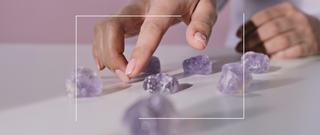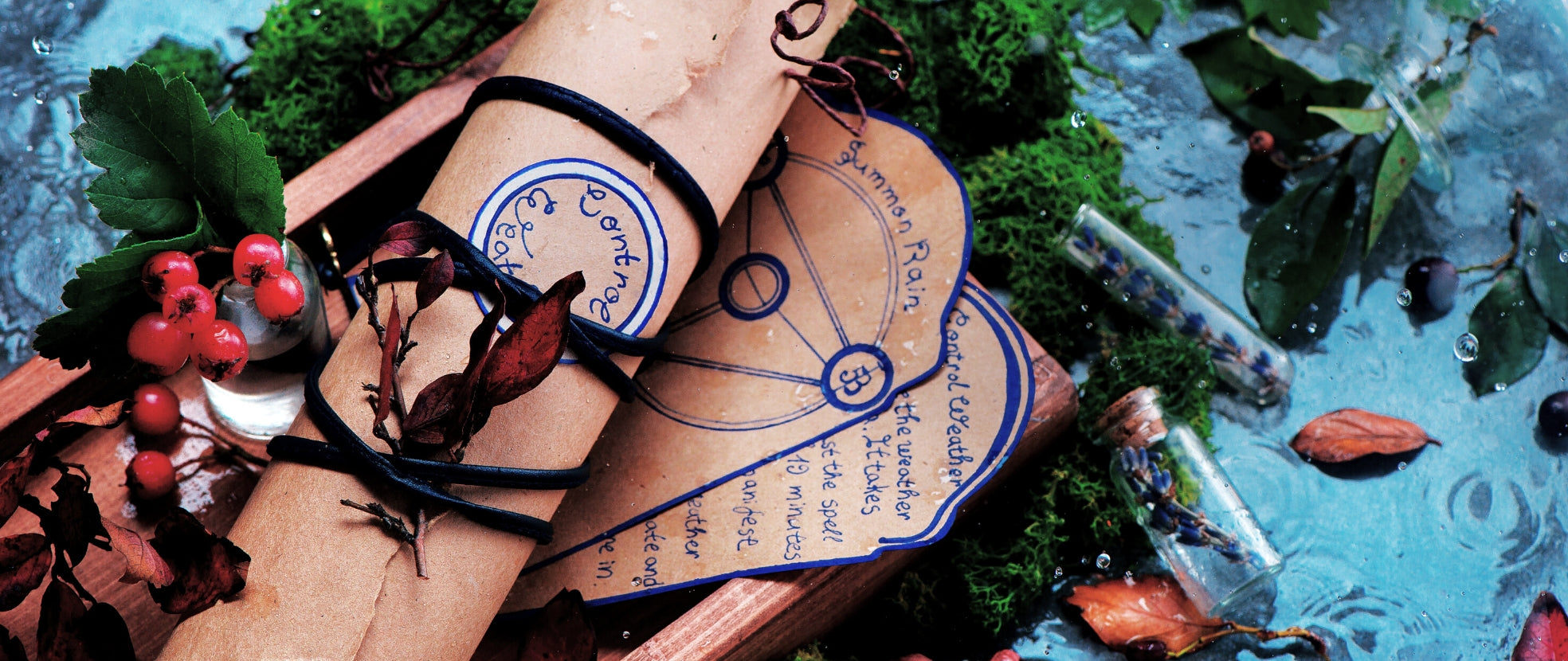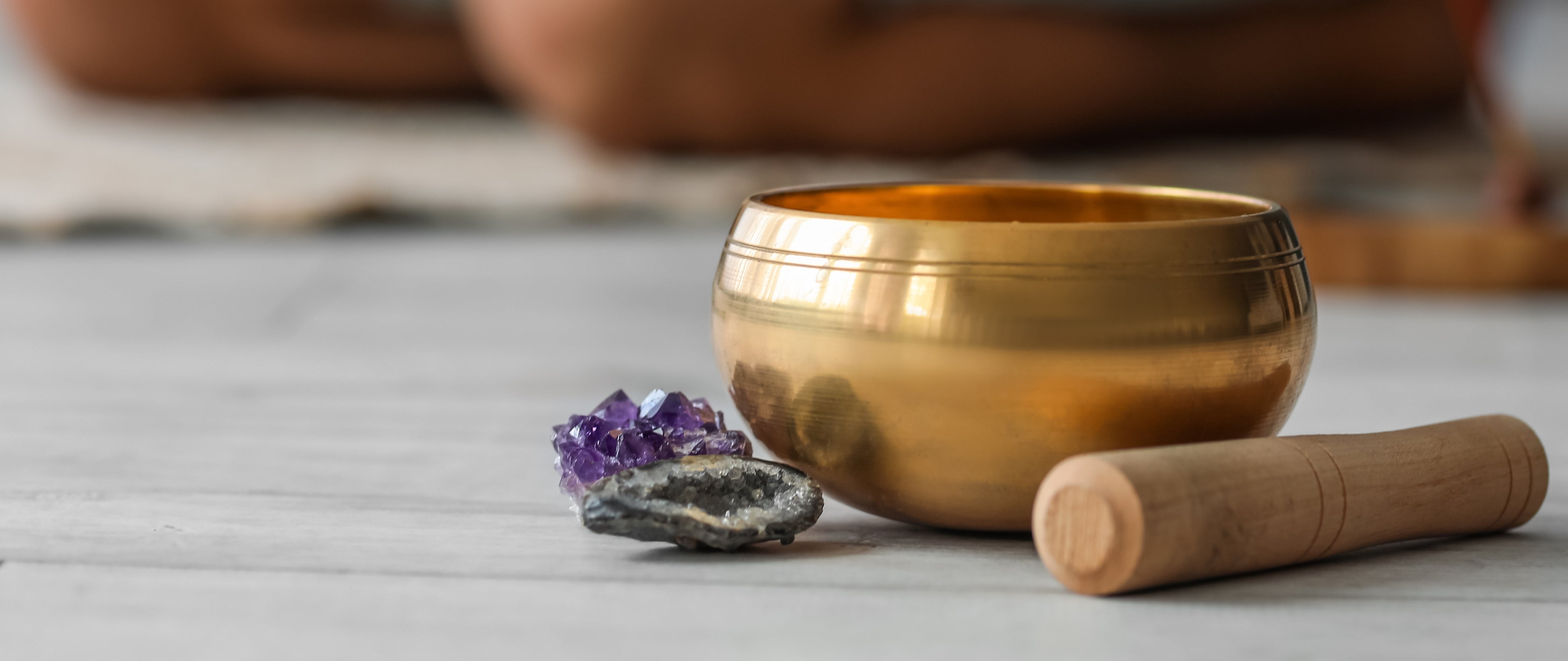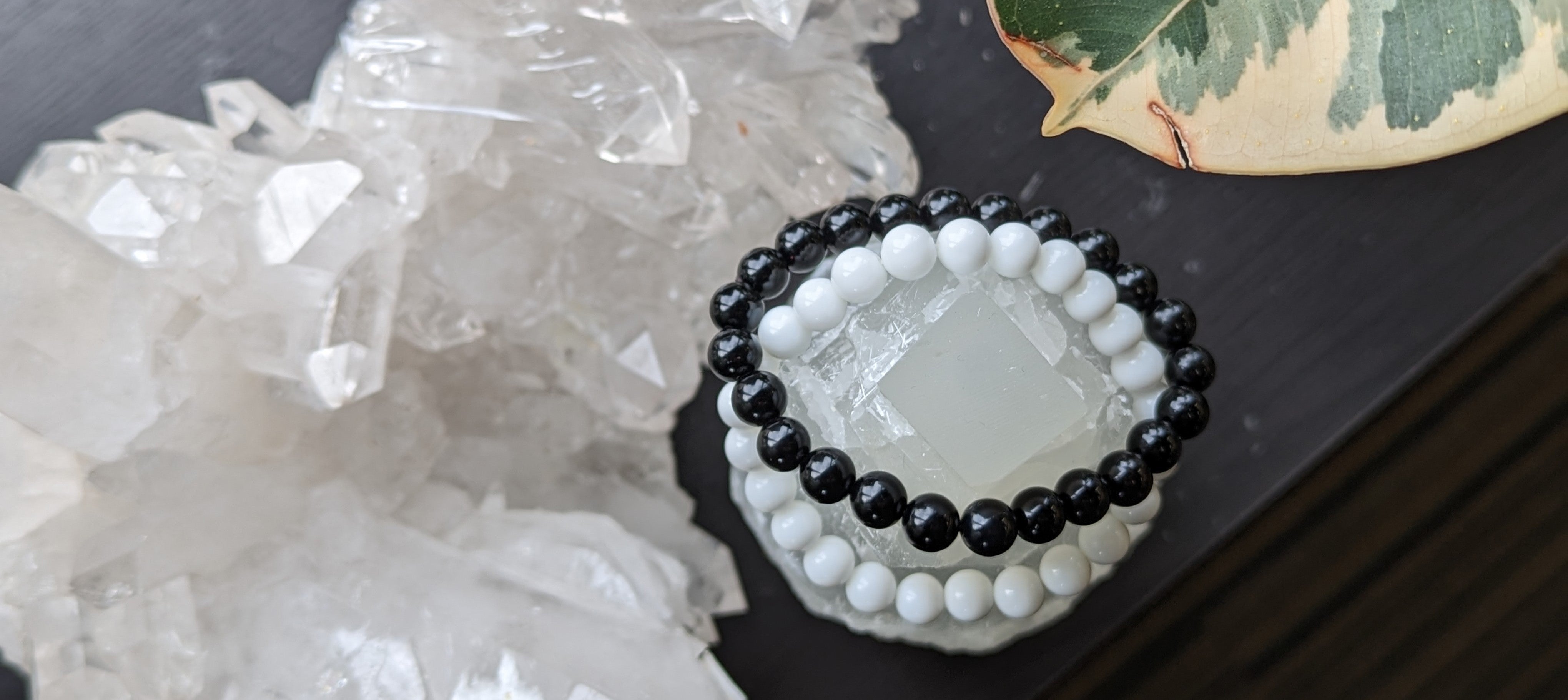Gemstones are so diverse in form and appearance. We could spend days exploring every species and variety and we still wouldn't be able to cover everything!
Classifying them based on their chemical composition, physical properties, and optical properties is the first step to understanding them and their uses.
Naming and identifying gems and crystals according to their characteristic features is a basic skill every gem enthusiast must seek to develop. If you wish to know your gems better, read on as we get to know each classification and their key properties.
How Are Gemstones Classified?
Since most gemstones are minerals, gemstones are classified according to their chemical makeup and molecular structure which are used to define most mineral species.
Chemical composition - This describes the atoms that make up the mineral. Diamond consists of only carbon, so it has the simplest chemical composition. While corundum has 2 atoms of aluminum and 3 atoms of oxygen (formula: Al2O3).
Molecular structure - Molecules attach themselves to each other and this manifests physically through the crystal's shape or form. For example, quartz grows elongated crystals with 6 sides. The shape of a diamond looks like 2 pyramids joined together at their bases. The different ways molecules are arranged together and define the shape of a whole crystal are called crystal systems.
Natural Gemstones
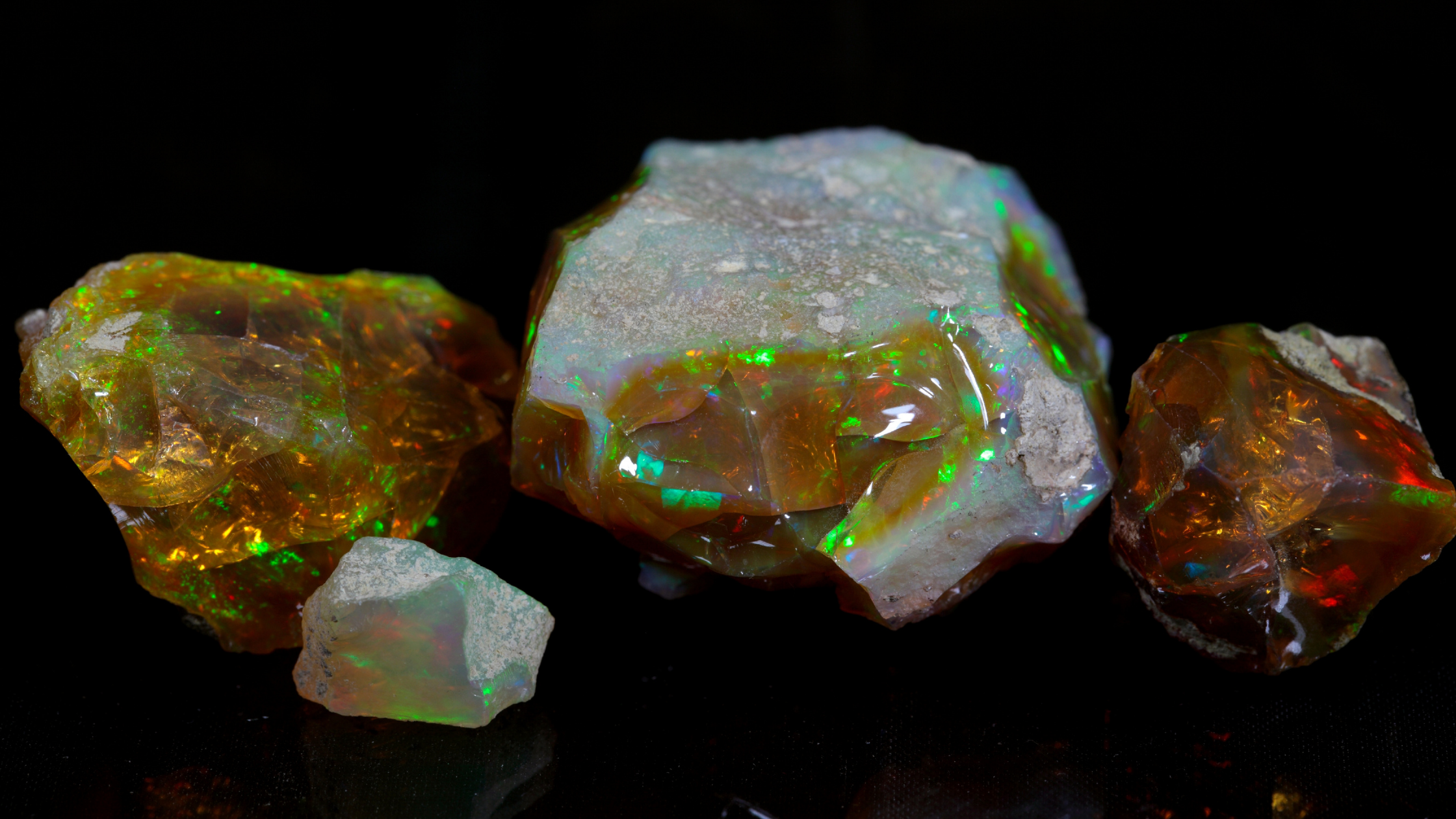
Natural stones are formed in natural conditions without human interference. Made up of diverse chemical compounds, these gemstones occur in nature in many ways and in various environments.
Natural gemstones are commonly cut and polished for jewellery use, but they are never treated with chemicals or enhanced through certain procedures.
A natural gem takes millions of years to form underneath the Earth. This makes it rarer and therefore more valuable than gems created in labs.
Many gemstone enthusiasts, especially crystal healers, like the look and feel of natural stones better than synthetic ones since they carry unadulterated energies and the ancient wisdom of the earth.
Examples of natural stones are diamond, ruby, sapphire, emerald, aquamarine, opal, and topaz.
Lab-Created Gems
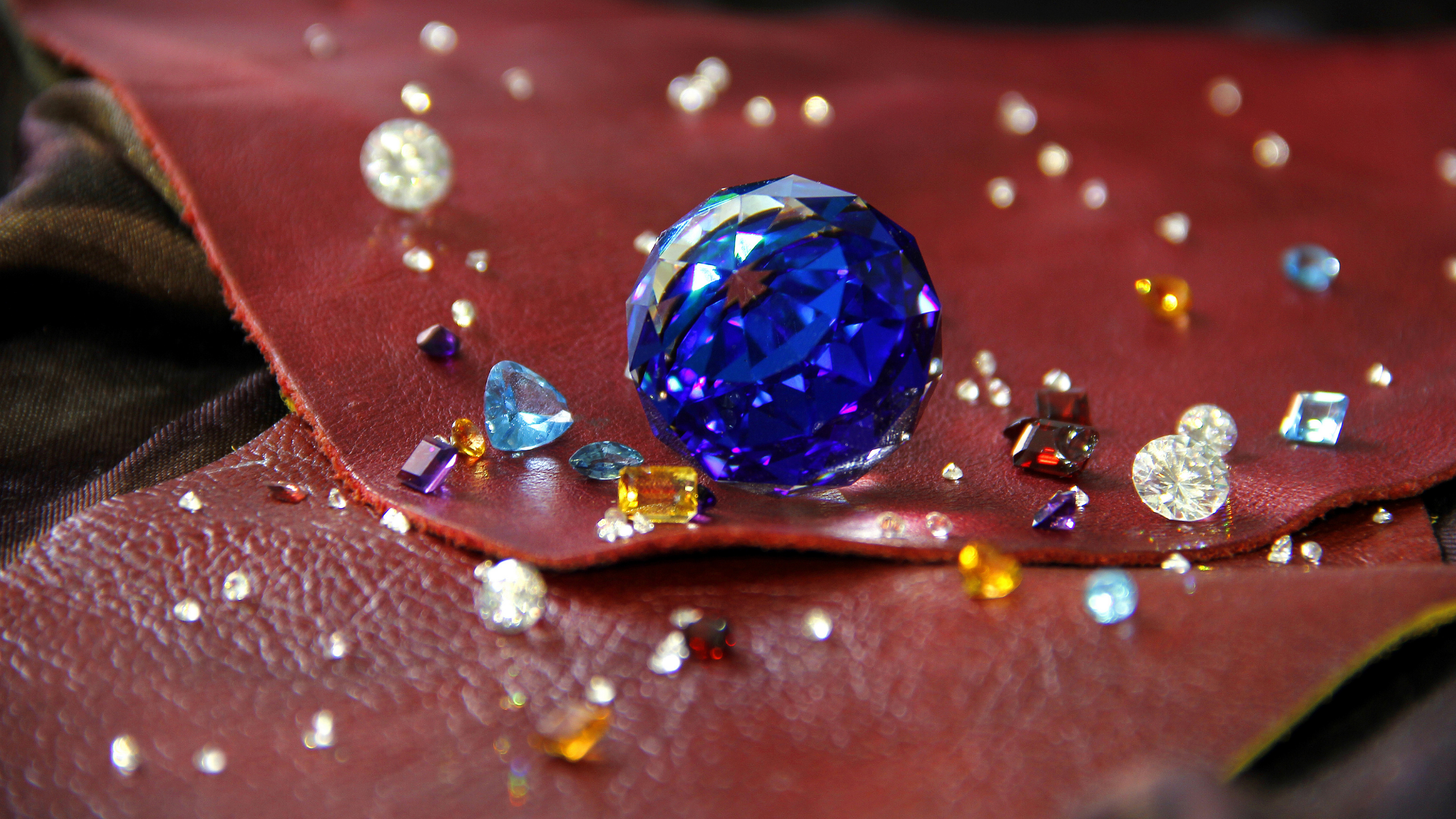
These are gemstones that share chemical, physical, and optical properties with natural gemstones but are created in a lab. Most natural gemstones have their synthetic counterparts, which are usually produced to meet consumer demand.
Lab-created stones look exactly like natural ones. Some even look more natural and can be hard to distinguish. Although a trained eye can detect them at a closer inspection.
Value-wise, natural and synthetic gems cost just as much in most shops. Both stones are also equally beautiful when made into jewellery pieces.
Rubies and sapphires are known to be the first gems to be grown in a lab. Due to modern techniques like irradiation, it is now easy to imitate the crystallization process in laboratories and instantly create these gemstones and more.
Organic Gemstones
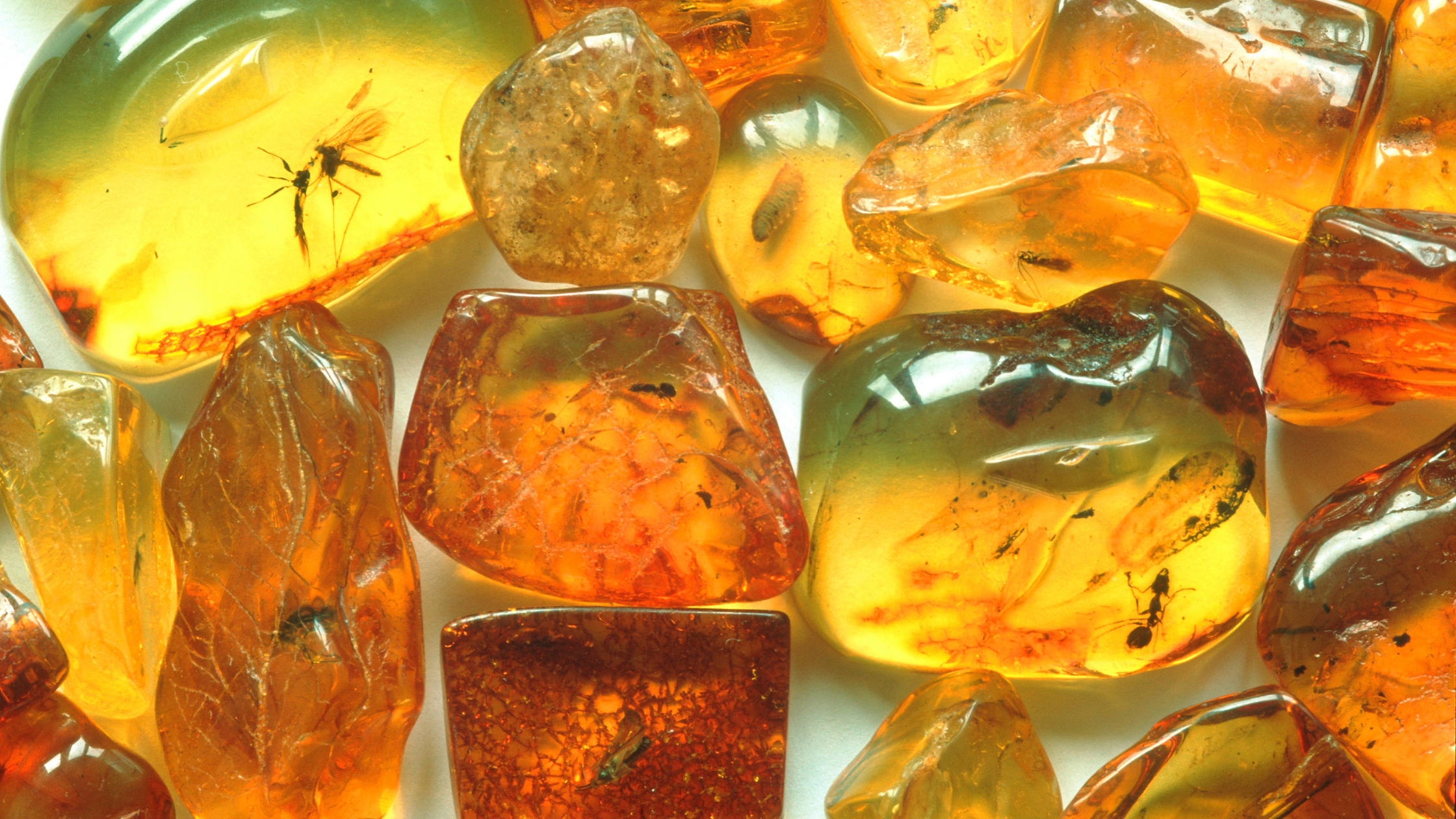
Not all gemstones are mineral materials, there are also several organic materials classified as gemstones. Organic gems are produced by living organisms. They can be farmed and are renewable.
There are 4 common types of organic gemstones valued for their rarity and appeal. They may not have the toughness of mineral gems, but they are still widely used as a material for crafts, accessories, and decorations.
1. Amber - This transparent to translucent stone is a hardened sap or resin secreted by pine trees and other ancient plants. Amber is usually yellow to orangey brown but it can also be white, green, blue, or black. Once cut and polished, the result is a bright, sleek, and light-weight gem perfect for bead and decor making.
2. Coral - Made of calcium carbonate, coral is a marine organism that forms in colonies in warm and shallow waters. Fossilized coral gemstones are turned into beads, carvings, figurines, and cameos. Coral has a white, cream, pink, orange, or violet colour, with bright red being the most sought-after shade. It can be translucent or opaque.
3. Pearl - Pearls have been used for jewellery for thousands of years. They are made by clams, oysters, and mussels in fresh and salt waters. The ideal pearl specimen has a round shape, although pearls can be rough with sharp edges. It comes in a wide range of colours such as white, cream, light rose, blue, bronze, black, green, yellow, or purple.
4. Jet - A carbon-based compound, jet is a type of coal and a product of decayed wood exposed to extreme pressure millions of years ago. It is a black or dark brown gem material which shines when polished and is used to make beads, bracelets, earrings, pendants, and ornaments.
Rocks

Rocks are composed of various minerals and come in different sizes: from small pebbles, to medium-sized chunks, to vast mountains huge enough on which to climb or drive. Only a few rocks pass as a gemstone material for their remarkable beauty, rarity, and toughness.
Perhaps the most popular rock in gemology is lapis lazuli, a blue metamorphic rock used as a gemstone, pigment, and sculpting material since ancient times. High-quality lapis lazulis have a deep blue colour, some with veins of gold pyrite that cut across the body.
Crystalline and Noncrystalline Gems
Another way of classifying gems is categorizing them into crystalline and amorphous materials. A mineral is called crystalline if its atoms are arranged in a repeating pattern. A mineral is classified as noncrystalline or an amorphous solid if it lacks an ordered internal structure.
To the naked eye, both crystalline and amorphous gemstones look like crystals. But a look at their crystal structures will set the difference.
Quartz, calcite, diamond, galena, and pyrite are crystalline solids while amber, opal, and obsidian are common examples of amorphous gems.
Aggregates
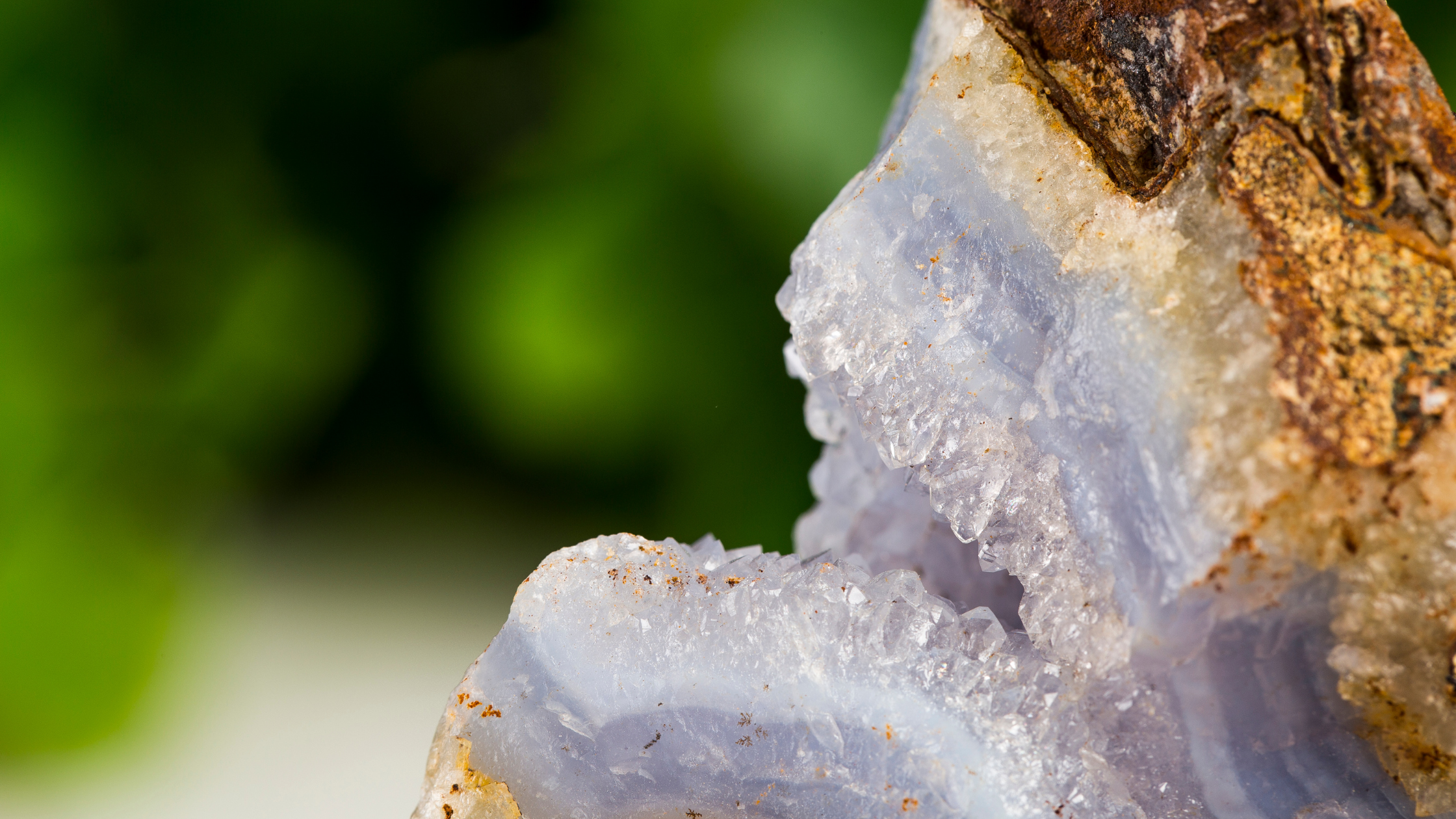
The term aggregate refers to groups of mineral crystals that grow together as masses. The same requirements for gem formation are needed for the growth of aggregates, such as heat, pressure, chemical ingredients, and space.
Aggregates may look like amorphous solids but they're composed of thousands of microscopic crystals. Chalcedony, a cryptocrystalline variety of quartz which includes agate and jasper, is a type of aggregate.
Want to know more about the other properties of a gemstone? Read this article on gemology basics to increase your knowledge!
Sources:
Clark, D. (n.d.). A Guide to Gem Classification. International Gem Society. Accessed at https://www.gemsociety.org/article/how-gems-are-classified/#Minerals_and_Gem_Classification
Graham, J. (n.d.). What's the Difference Between Synthetic, Simulated, and Created Gemstones? International Gem Society. Accessed at https://www.gemsociety.org/article/just-ask-jeff-what-is-the-difference-between-man-made-created-and-synthetic-materials/
King, H. (n.d.). Lapis Lazuli. Geology.com. Accessed at https://geology.com/gemstones/lapis-lazuli/
King, H. (n.d.). Organic Gemstones. Geology.com. Accessed at https://geology.com/gemstones/organic-gemstones/#amber
Nat Geo WILD. (2016, April 23). Formation of a Pearl Secret Life of Pearls. YouTube. Accessed at https://youtu.be/S4ajjgwRsgw
What Are Organic Gemstones? (n.d.). Gem Rock Auctions. Accessed at https://www.gemrockauctions.com/learn/did-you-know/what-are-organic-gemstones
What Is Amber? (n.d.). Getty.edu. Accessed at https://www.getty.edu/publications/ambers/intro/4/


